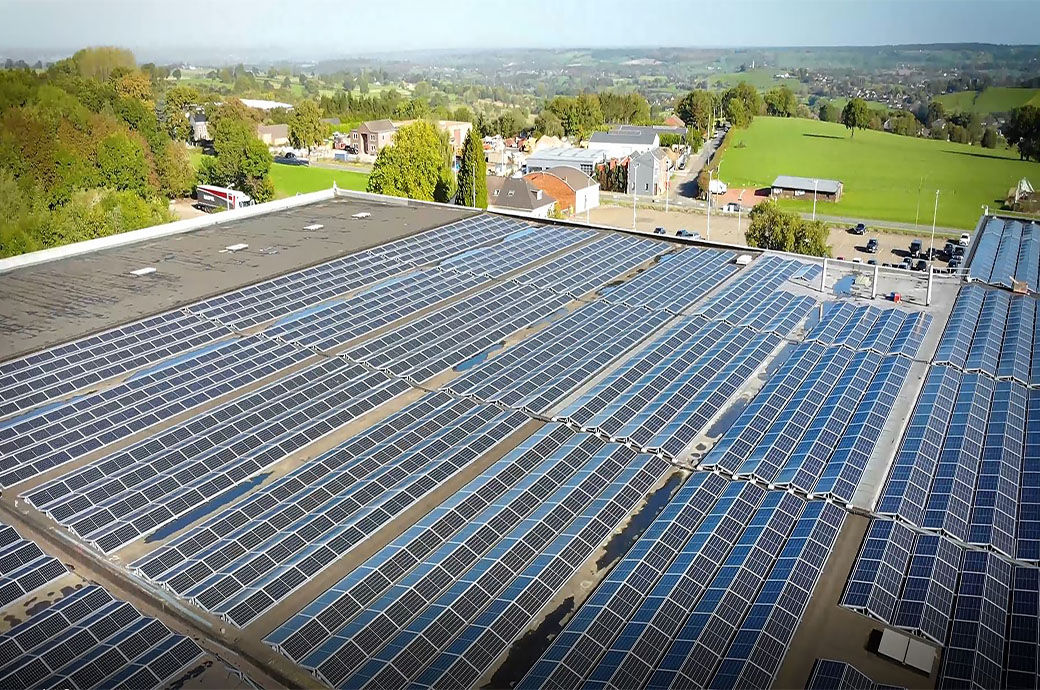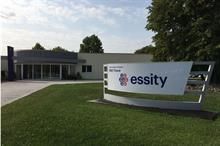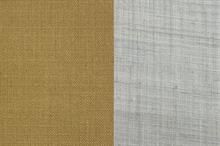
One of the first steps is the partial use of glass fibres from sustainable production in BASF’s Ultramid A & B compound portfolio. These glass fibres are produced by 3B Fibreglass, a leading company and supplier of glass fibre solutions for the reinforcement of thermoplastic and thermoset polymers. To reduce its carbon footprint, it uses green electricity in production.
“Over the years, 3B has put a lot of effort into reducing its carbon footprint, as part of our sustainability strategy and commitment to becoming carbon neutral. In addition to technical innovations within our processes, we have introduced more and more renewables in our mix. At our Battice site in Belgium, we have installed solar panels for the direct production of electricity and have green energy purchasing agreements in place. This enables the company to significantly reduce its carbon emissions, thus helping to reduce the carbon footprint throughout the value chain,” Ludovic Piraux, 3B CEO, explains.
The glass fibre industry has set itself the ambitious goal of becoming climate-neutral by 2050. By producing glass fibres with green electricity from January 1, 2024, 3B is taking a big step in the right direction. Much like on the mass balance principle, the green electricity used in production is attributed to BASF's glass fibre products, the company said in a press release.
By using such sustainably produced glass fibre, the PCF of BASF glass fibre reinforced products can be reduced by about 10 per cent, corresponding to savings of about 5000 metric tons of carbon per year. This equates to the annual emissions of 200 average German households.
In this way, the two raw material suppliers 3B and BASF are successfully joining forces to strengthen the industry in Europe in the long term. By sourcing sustainable glass fibre, BASF is actively helping to reduce environmental impact and enhance sustainability throughout the supply chain.
“BASF has emerged as a frontrunner in the sustainability sector by taking multiple measures. By using glass fibres produced by 3B with green electricity, BASF is underlining its commitment to mitigating climate change. Furthermore, this is one more step in reducing BASF’s Scope 3.1 emissions. BASF's use of glass fibres in various durable applications also contributes to sustainability in the customer industries, as Ultramid compounds are especially valued for their durability, strength and versatility. This example marks another milestone on our plastics journey toward a more sustainable future,” said Maximilian Lehenmeier, sustainability expert at BASF.
Fibre2Fashion News Desk (RR)

